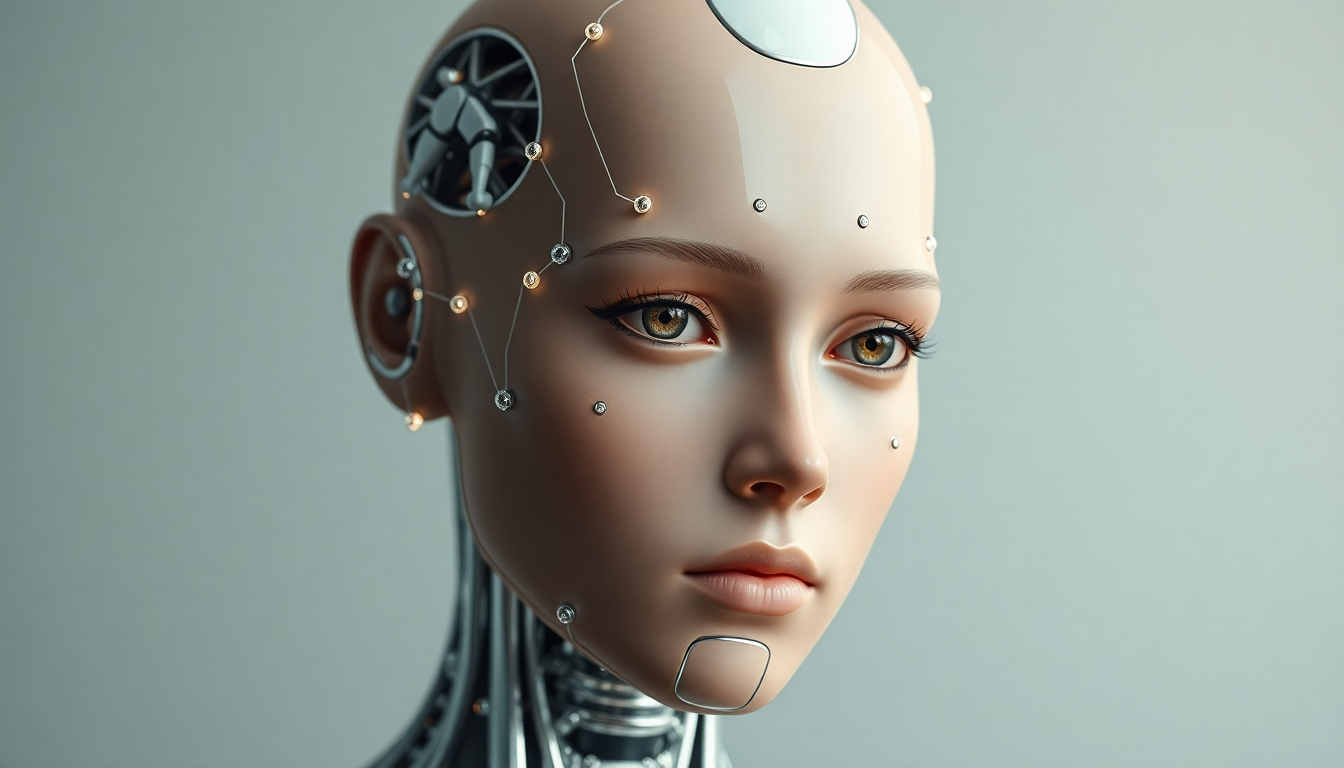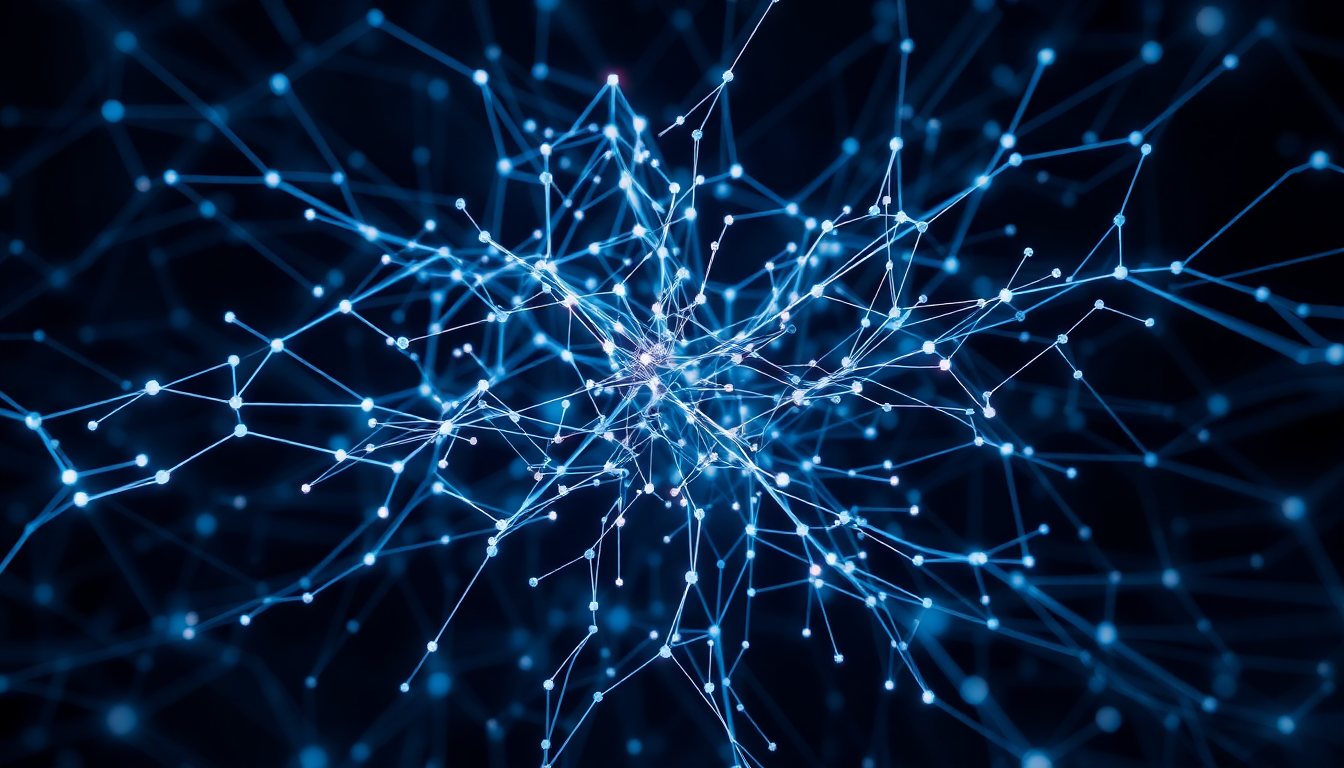Deep learning is a powerful branch of artificial intelligence (AI) that uses complex algorithms inspired by the structure and function of the human brain. It enables computers to process and analyze massive amounts of data, extracting patterns and insights to make decisions and predictions. Deep learning forms the backbone of many modern technologies, from image recognition to voice assistants, and continues to drive breakthroughs across industries. To fully understand deep learning, it’s essential to explore its foundations, how it works, its current applications, and its transformative potential for the future.
Defining Deep Learning
Deep learning is a subset of machine learning that focuses on artificial neural networks—algorithms modeled after the human brain. These networks consist of layers of interconnected nodes, or “neurons,” that process data in multiple stages. This layered structure allows deep learning systems to analyze complex and high-dimensional data, such as images, audio, and text, with remarkable accuracy.
Unlike traditional machine learning models, which often rely on handcrafted features or predefined rules, deep learning automatically extracts relevant features from raw data. For example, in image recognition, a deep learning model learns to identify edges, shapes, and objects directly from pixel data, eliminating the need for manual feature engineering. This ability to learn hierarchies of features makes deep learning exceptionally powerful for tasks requiring high-level abstraction.
The Origins of Deep Learning
Deep learning’s roots trace back to the mid-20th century, closely tied to the development of artificial neural networks. Early research into neural networks began in the 1940s with the introduction of the perceptron, a simple model that could perform basic pattern recognition tasks. Frank Rosenblatt, a psychologist and computer scientist, developed the perceptron in 1958, marking one of the first practical implementations of neural networks.
Despite early enthusiasm, progress stalled in the 1970s due to computational limitations and challenges in training deeper networks. This period, often referred to as an “AI Winter,” saw diminished funding and interest in neural networks. The resurgence of deep learning began in the 1980s with the development of backpropagation, an algorithm for efficiently training neural networks. Researchers Geoffrey Hinton, David Rumelhart, and Ronald Williams were instrumental in popularizing backpropagation, paving the way for deeper and more complex models.
The real breakthrough came in the 2010s, driven by three critical factors: increased computational power (thanks to GPUs), the availability of massive datasets, and advancements in algorithms. These developments allowed neural networks to scale to unprecedented depths, enabling them to tackle complex tasks like image classification, natural language processing, and speech recognition.
How Deep Learning Works
Deep learning relies on artificial neural networks with multiple layers, often referred to as deep neural networks. The term “deep” refers to the number of layers in the network, which typically range from a few to hundreds, depending on the application. These layers are organized into three main types:
- Input Layer: This is where the raw data enters the network. For example, in an image recognition task, the input layer receives pixel values from an image.
- Hidden Layers: These layers process the data by applying mathematical operations and transformations. Each neuron in a hidden layer takes input from the previous layer, applies a weight to it, and passes the result through an activation function. This process allows the network to learn complex patterns and representations.
- Output Layer: This layer produces the final prediction or classification, such as identifying whether an image contains a cat or a dog.
Deep learning models are trained through a process called supervised learning, where the model is presented with labeled data (e.g., images with corresponding labels). During training, the model adjusts its weights and biases to minimize the error between its predictions and the actual labels. This optimization process is guided by a technique called backpropagation, which calculates how much each weight contributes to the error and updates it accordingly.
Training a deep learning model requires significant computational resources, as well as large amounts of data to avoid overfitting (where the model memorizes the training data rather than generalizing to new inputs). Once trained, however, these models can perform tasks with incredible speed and accuracy.
Applications of Deep Learning Today
Deep learning has become a cornerstone of modern AI, powering technologies that touch nearly every aspect of daily life. Its ability to analyze unstructured data—such as images, text, and audio—has unlocked new possibilities across industries.
Healthcare
In healthcare, deep learning is revolutionizing diagnostics and treatment. Medical imaging systems use deep neural networks to detect diseases like cancer, often identifying abnormalities that might be missed by human doctors. In drug discovery, deep learning models analyze molecular structures and predict the effectiveness of new compounds, accelerating the development of life-saving medications. Virtual health assistants and predictive analytics tools also leverage deep learning to provide personalized care and improve patient outcomes.
Transportation
The transportation industry has seen transformative advancements thanks to deep learning. Autonomous vehicles, developed by companies like Tesla and Waymo, rely on deep neural networks to interpret data from cameras, lidar, and radar. These systems can recognize objects, predict the behavior of pedestrians and other vehicles, and make real-time driving decisions. Deep learning also optimizes traffic flow in smart cities, reducing congestion and improving urban mobility.
Media and Entertainment
In the field of entertainment, deep learning enhances user experiences and enables new forms of creativity. Streaming platforms like Netflix and Spotify use recommendation systems powered by deep learning to suggest content tailored to individual preferences. AI-generated music, art, and even video games showcase the creative potential of deep learning models, allowing artists and developers to push the boundaries of traditional media.
Retail and e-Commerce
Retail and e-commerce benefit from deep learning in multiple ways. Personalized shopping experiences, powered by deep learning, analyze customer behavior to recommend products and optimize marketing strategies. Inventory management systems use deep learning to predict demand, ensuring that stock levels meet customer needs while minimizing waste. Fraud detection tools in online marketplaces also rely on deep learning to identify suspicious transactions and maintain platform security.
The Future of Deep Learning
As deep learning continues to evolve, its potential applications are virtually limitless. Researchers and developers are exploring ways to make deep learning models more efficient, scalable, and interpretable, addressing some of the challenges that currently limit their adoption.
In healthcare, the future of deep learning lies in preventive care and precision medicine. Advanced models could analyze genetic data, lifestyle factors, and environmental conditions to predict an individual’s risk of developing specific diseases. Real-time monitoring systems, powered by wearable devices, could detect early signs of illness and recommend personalized interventions.
Deep learning is also expected to play a critical role in addressing climate change. By analyzing satellite imagery and environmental data, deep learning models could monitor deforestation, track wildlife populations, and predict the impact of natural disasters. In agriculture, deep learning systems could optimize irrigation, detect crop diseases, and improve overall yield, contributing to global food security.
The integration of deep learning into education could transform how students learn and teachers instruct. Adaptive learning platforms, powered by deep neural networks, could provide personalized lesson plans tailored to each student’s strengths and weaknesses. Virtual tutors and AI-driven assessments could ensure that every learner receives the support they need to succeed.
Despite its promise, the future of deep learning also presents challenges. The computational demands of training deep neural networks are significant, raising concerns about energy consumption and sustainability. Ensuring that deep learning systems are fair, transparent, and free from bias will require ongoing research and collaboration among policymakers, technologists, and ethicists.
The Challenges of Deep Learning
While deep learning is a transformative technology, it is not without its limitations. One major challenge is the “black box” nature of deep neural networks. Because these models operate through complex layers of computation, it can be difficult to understand how they arrive at specific predictions. This lack of interpretability raises concerns in high-stakes applications, such as healthcare and finance, where transparency is crucial.
Another challenge is the need for massive amounts of labeled data to train deep learning models effectively. In many domains, collecting and labeling data is expensive and time-consuming. Researchers are exploring techniques like unsupervised learning and transfer learning to reduce this dependency, but progress is still ongoing.
Deep learning models are also computationally intensive, requiring significant hardware resources for training and deployment. This raises questions about accessibility, as smaller organizations may struggle to adopt deep learning due to high costs. Additionally, the environmental impact of training large models has come under scrutiny, highlighting the need for more energy-efficient algorithms.
Conclusion
Deep learning is a transformative technology that has redefined what machines are capable of achieving. From its origins in neural network research to its current role in powering applications like autonomous vehicles, personalized medicine, and creative AI, deep learning represents one of the most significant advancements in artificial intelligence.
As we look to the future, deep learning’s potential to address complex global challenges—from climate change to healthcare—offers immense hope. However, realizing this potential will require overcoming technical, ethical, and environmental challenges to ensure that deep learning is accessible, equitable, and sustainable. By continuing to innovate and collaborate, we can unlock the full power of deep learning and shape a smarter, more connected world.


